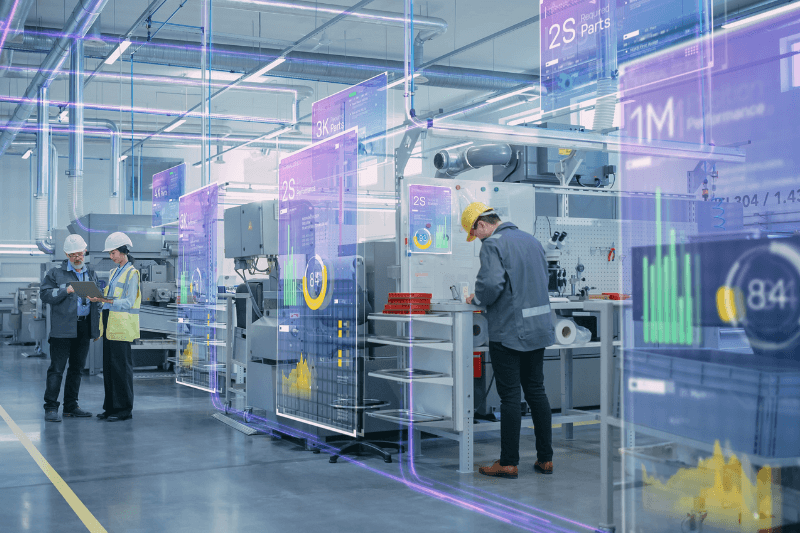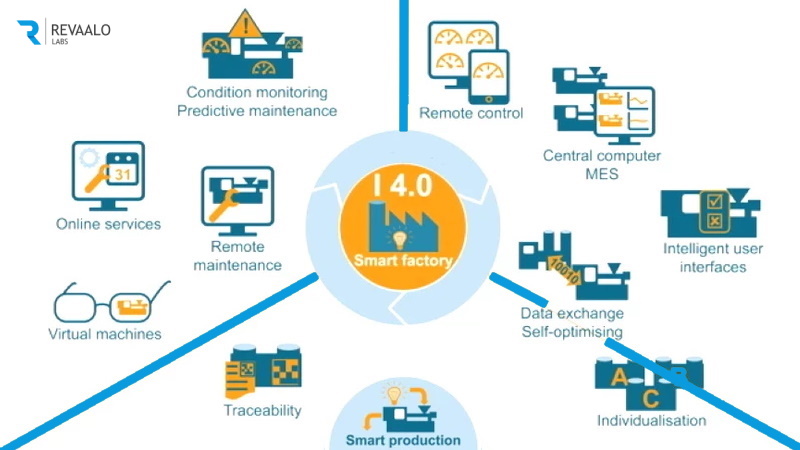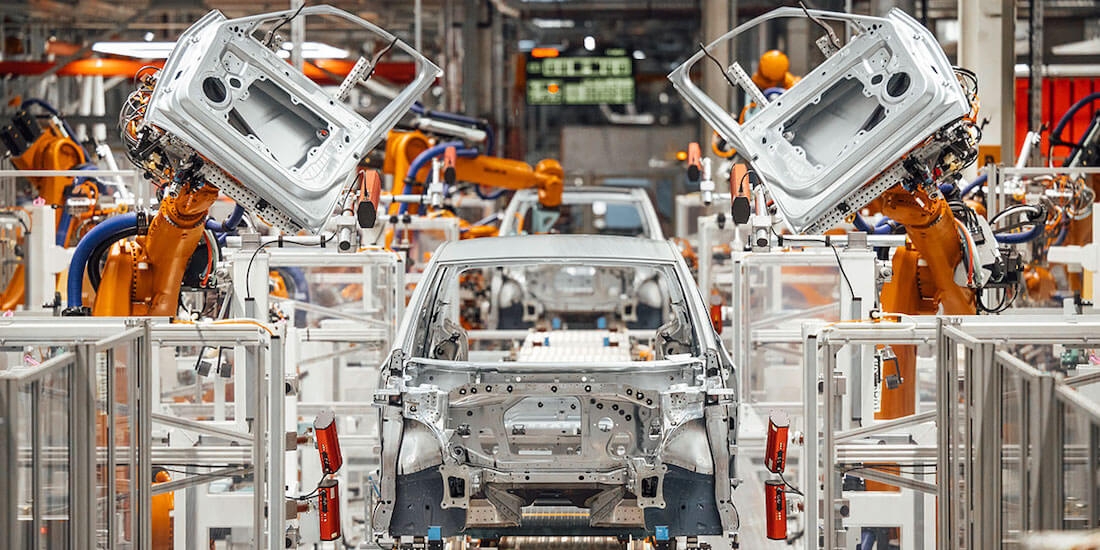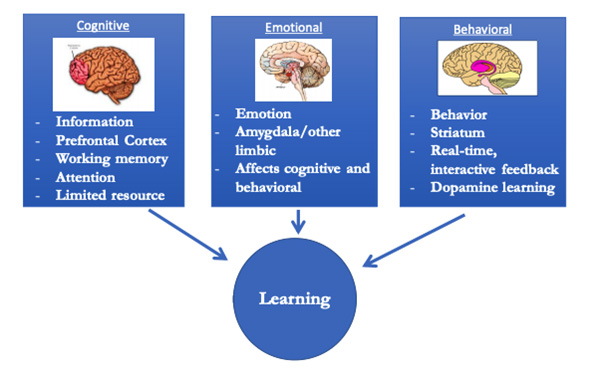Predictive Maintenance: Preventing Downtime Before it Happens
Smart factories are leveraging AI to predict equipment failures before they occur. By analyzing sensor data from machines, AI algorithms can identify patterns indicative of impending malfunctions. This allows for proactive maintenance, minimizing costly downtime and maximizing production efficiency. Instead of relying on scheduled maintenance, which can be unnecessarily frequent or infrequent, AI allows for targeted interventions only when needed. This reduces wasted resources and extends the lifespan of machinery.
Optimized Production Processes: Streamlining for Maximum Output
AI is revolutionizing production line optimization. By analyzing vast amounts of data related to production speed, material usage, and energy consumption, AI algorithms can identify bottlenecks and inefficiencies. This data-driven insight allows manufacturers to fine-tune processes, improve workflow, and ultimately increase output. AI can even suggest adjustments to production schedules to better meet fluctuating demand, minimizing waste and maximizing profitability.

Quality Control Enhancement: Ensuring Consistent Product Quality
Maintaining consistent product quality is paramount in any manufacturing setting. AI-powered vision systems and other advanced sensors are now integrated into production lines, enabling real-time quality control. These systems can detect even subtle defects that might be missed by the human eye, ensuring that only high-quality products leave the factory. This reduces waste, minimizes customer complaints, and safeguards the company’s reputation.
Supply Chain Management: Improving Efficiency and Reducing Costs
The supply chain is a complex network of suppliers, manufacturers, and distributors. AI can significantly improve the efficiency and predictability of this network. By analyzing data from across the entire supply chain, AI algorithms can forecast demand more accurately, optimize inventory levels, and streamline logistics. This reduces lead times, minimizes stockouts, and lowers overall costs. AI can even predict potential disruptions, such as natural disasters or geopolitical events, enabling proactive mitigation strategies.
Enhanced Safety Measures: Prioritizing Employee Well-being
Smart factories are increasingly prioritizing the safety and well-being of their employees. AI can play a crucial role in this effort. By analyzing data from various sources, including sensors on equipment and wearable devices on employees, AI algorithms can identify potential hazards and risks. This allows for the implementation of preventative measures, reducing the likelihood of accidents and injuries. AI can also optimize workplace layouts and workflows to minimize safety risks.
Robotics and Automation: Leveraging AI for Enhanced Collaboration
The integration of AI-powered robots and automated systems is transforming the landscape of smart factories. These robots are not simply performing repetitive tasks; they’re learning and adapting based on real-time data. They can collaborate with human workers, enhancing productivity and efficiency. AI enables more sophisticated robot programming, allowing for greater dexterity and adaptability in tasks, opening up new possibilities for automation in various manufacturing processes.
Data Security and Privacy: Addressing the Challenges of Big Data
The increasing reliance on data in smart factories necessitates robust data security and privacy measures. AI can play a role in enhancing security by detecting anomalies and potential threats in real-time. This includes identifying cybersecurity breaches and protecting sensitive manufacturing data from unauthorized access. Implementing secure AI systems is vital to ensure the integrity and confidentiality of the data that drives these advanced factories.
The Human Element: Embracing Collaboration Between Humans and Machines
While AI and automation are transforming smart factories, the human element remains critical. The most successful implementations of AI in manufacturing involve a collaborative approach where humans and machines work together. Humans bring creativity, problem-solving skills, and critical judgment to the process, while AI handles data analysis, automation, and repetitive tasks. This collaborative model maximizes the benefits of both human ingenuity and AI’s analytical power.
Future Trends: What’s Next for AI in Smart Factories?
The future of smart factories is bright, with continuous advancements in AI promising even greater efficiency and innovation. Expect to see further integration of edge computing, enabling faster processing of real-time data at the factory floor. We’ll also see the rise of more sophisticated AI algorithms, capable of handling even more complex tasks and predicting future trends with greater accuracy. This will lead to even more agile and responsive manufacturing processes. Please click here to learn more about smart factories with vision AI.












